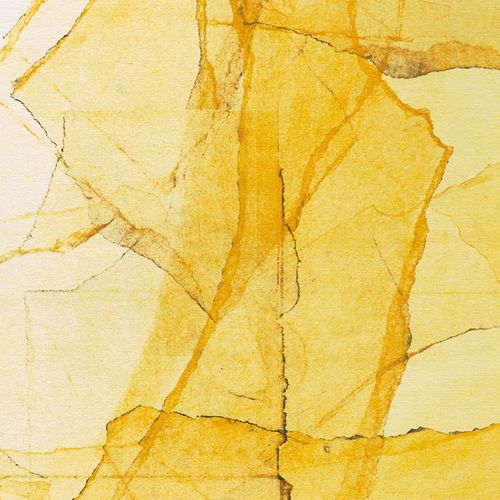In the 1960s, Chicago’s Association for the Advancement of Creative Musicians (AACM) became a beacon for artists seeking to play a new jazz that could often sound fiercely unfamiliar, but without losing the tradition’s communal vivacity – “ https://www.theguardian.com/artanddesign/2015/jul/17/the-freedom-principle-review-jazz-art" rel="nofollow - joyous and pugnacious ” was the Guardian’s description of a show celebrating the association in 2015. AACM nurtured avant-jazz stars including Anthony Braxton, Muhal Richard Abrams, Henry Threadgill and the adventurous yet ever-lyrical trumpeter Wadada Leo Smith, and gospel-to-free-jazz pianist and organist https://www.aminaclaudinemyers.com/" rel="nofollow - Amina Claudine Myers .
Tranquillity and playfulness mingle in Conservatory Gardens, after long, quivering trumpet tones turn to bright trills, embraced by rich low-end piano chords and glittering treble scampers; the solo piano piece When Was implies a ghostly singer humming over its underlying hymnal harmonies. A song-shape also coalesces under Albert Ayler, a Meditation in Light, with Smith’s solo sometimes recalling Miles Davis’s exquisite 1959 performance of Concierto de Aranjuez. Imagine, a Mosaic for John Lennon also touches on early-Milesian trumpet lyricism, from a solemn unison theme growing amid rich piano harmonies and glancing dissonances.
As slow-moving as ripples on a lake occasionally spooked by sharp breezes, as inviting to contemplation as a long gaze at a beguiling artwork, this is a collection of reverentially personal but never remote or cloistered pieces. The deep well of African American and European sounds Smith and Myers have been distilling for decades makes sure of that.
from www.theguardian.com
